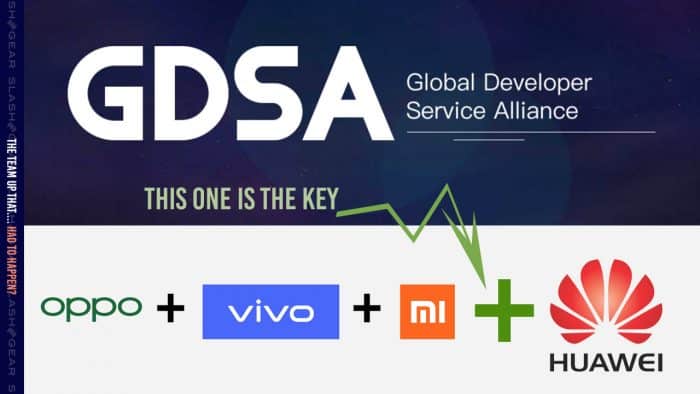As Reuters reports, China’s Xiaomi, Huawei, OPPO and VIVO are working together to create a platform that allows developers outside China to upload their applications to this app store.
Analysts have said that the move aims to challenge Google’s dominance of the Play Market. People familiar with the matter said the platform, called the Global Developer Services Alliance (GDSA), is designed to make it easier for developers of games, music, movies and other applications to market their applications overseas.
It should to come in March this year. But because of the coronavirus epidemic, it may go live later. The platform will initially cover nine ‘regions’ including India, Indonesia, and Russia.

Interestingly, when asked to comment, all four companies didn’t say anything.
According to Sensor Tower analyst Katie Williams, in 2019 Google received about $8.8 billion in revenue from Google Play.
Will This App Store Succeed?
Nicole Peng, an analyst at Canalys said: ‘By forming this alliance each company will be looking to leverage the others’ advantages in different regions, with Xiaomi’s strong user base in India, Vivo and Oppo in Southeast Asia, and Huawei in Europe.’
IDC data show that in the fourth quarter of 2019, these four companies accounted for 40.1% of global smartphone shipments.
IDC smartphone analyst Will Wong thinks because of low hardware sales, Chinese handset makers are trying to grab a bigger share of software and services. ‘App store, pre-loading apps, advertisements, and gaming are areas that could generate new revenue,’ he said.
By the way, Huawei has developed its own mobile operating system, Harmony OS, as an alternative to Android.
Analysts said that GDSA may be able to attract application developers by providing higher exposure. The Google Play Store is already crowded. In addition, the new platform may also provide better monetary incentives.
Williams said: ‘By making it simple for developers to increase their reach across multiple app stores, Huawei, Oppo, Vivo, and Xiaomi stand to attract more developers and, ultimately, more apps.’
But Nicole Peng also pointed out that managing this alliance can be a challenge. ‘The execution is difficult as its hard to say which company is pulling more weight and investing more in it. We haven’t seen the alliance model work well in the past.’





